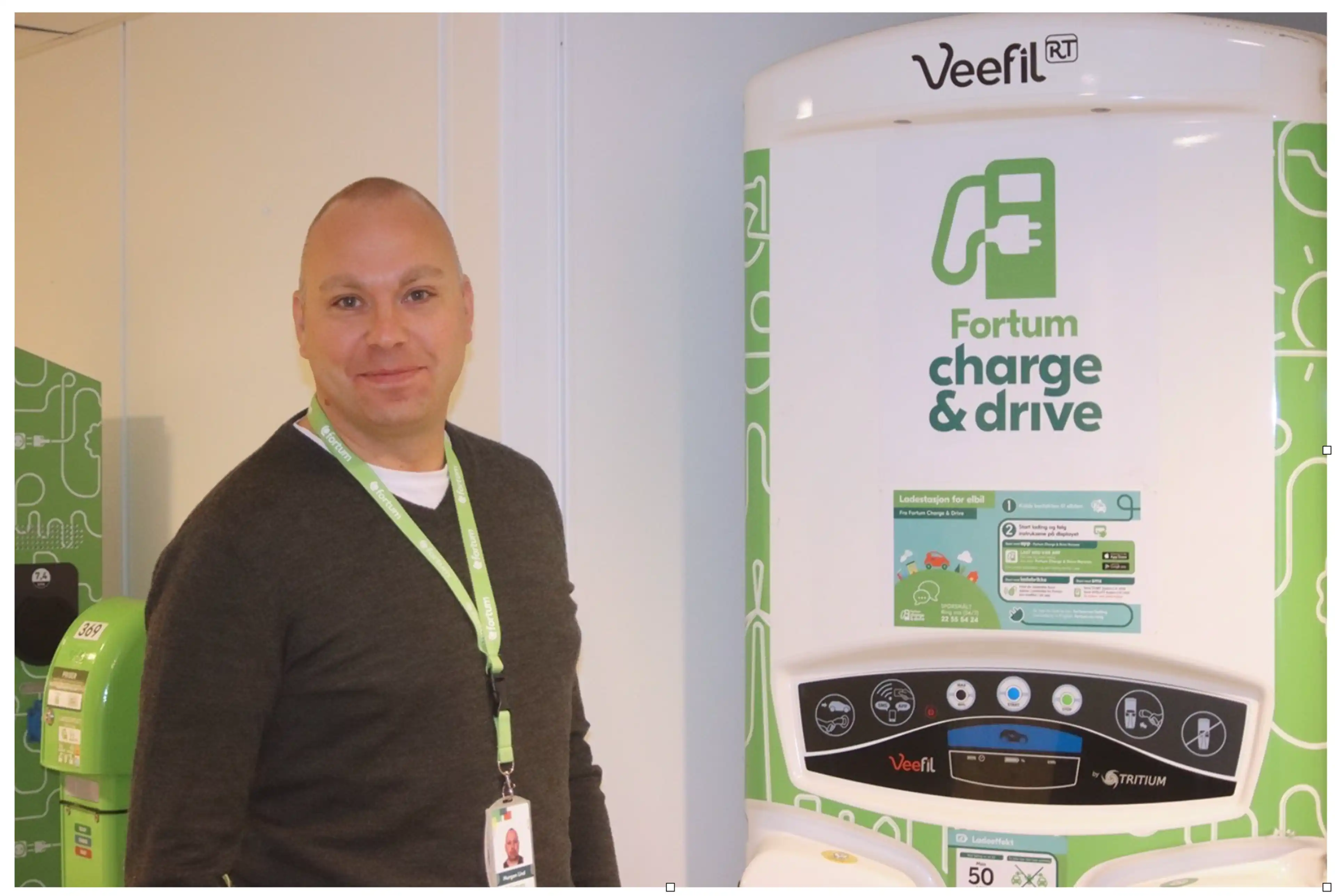Kjell Ivar Tungland
published in
Share
Why doesn’t my electric car take on full power when I charge it
On-board charger, AC and DC? What is this? If you are completely new to charging an electric car, it is not easy to know which end to start.
There are different types of charger for different types of car, and the different cars can draw different amounts of energy from a single charger, depending on what the car is equipped with and what kind of charging station you use.
AC and DC are widely-used terms. It may seem a bit complicated at first, but fortunately it doesn’t take long to pick up.
The very first thing you should know, however, is that all charging stations deliver up to what they say. So, up to 11 kW, up to 22 kW, up to 50 kW, up to 150 kW and up to 225 kW.
The rule of thumb is that it is always the car that decides how much juice it wants, and this depends on what the car can accept, the outside temperature and the temperature of the battery – to mention just a few factors.
READ THIS IF YOU WONDER WHY YOU DON’T GET A FULL CHARGE WHEN IT’S COLD OUTSIDE
Normal and medium-fast charging
You may have heard of AC/DC, albeit in a slightly different setting. Both settings are hard to ignore, but let’s move from the world of heavy metal to electricity. Fortum has both AC and DC charging stations located all over Norway: at the time of writing, over 2,000 public charging stations in all.
“AC stands for alternating current, which is the type of current we have in the socket at home,” says Fortum Charge & Drive technical manager Morgan Lind.
Charging points for normal and medium-fast charging are points that carry alternating current.
We also have charging points for fast and ultra-fast charging. These are chargers that carry direct current.
“DC stands for direct current. This is the type of current that is in everything battery-powered, whether it be a mobile phone or an electric car,” says Lind.
These types of current can be connected together, but to do this you need a converter.
“Take the charger for your mobile phone, for example – this is a converter. It converts the current from the alternating current you have in the socket into the direct current in your phone battery,” Lind goes on.
PHOTO: The technical manager at Fortum Charge & Drive, Morgan Lind, explains that the converter for your phone works in the same way as the on-board charger in an electric car.
On-board charger and charging effect
The on-board charger in your electric car works in the same way as the converter for your phone.
“When you charge on AC, you connect to a charging post. The current flows through your charging cable into the car and to the on-board charger. There it is converted to direct current. From there, the current goes into the car’s battery.
These on-board chargers deliver different amounts of power. Some produce 3.3 kW, while others produce 6.6 kW, all the way up to 22 kW. It is the charging effect of the on-board charger that determines how quickly you can charge your car at an AC point.
If you have a 6.6 kW on-board charger, you cannot draw full power if you connect your charging cable to a 22 kW charger. You will get a maximum of 6.6 kW whatever happens.
READ MORE ABOUT CHARGING ELECTRIC CARS ON OUR SUMMARY PAGE: Charging an electric car
Fast and ultra-fast charging
All this is very different when you connect to a fast charger that provides up to 50 kW, or an ultra-fast charger that can deliver up to seven times more.
PHOTO: Charging with Fortum’s fast and ultra-fast chargers (the picture shows Charge & Drive’s latest ultra-fast charging site at Kristinehamn in Sweden) provides ready-converted direct current, and is not limited by the car’s on-board charger.
“When you charge with DC, it simply means that the charging station you connect to delivers ready-converted direct current. A fast charger works in exactly the same way as an on-board charger/phone charger. Where the on-board charger is limited by physical space in the car, this limitation does not exist for a fast charger. So a fast charger can have a higher charging effect,” says Lind.
The direct current then goes straight into the car’s battery, without having to pass through the on-board charger with its limitations, as the alternating current has to do.
Note, however, that the charge your car can accept with fast charging is also limited.
Of the electric cars that are available now, only a few can take on more than the maximum you get from a normal fast charger. It also makes a difference to the maximum charging rate whether you charge with CHAdeMO or CCS set for ultra-fast charging.
